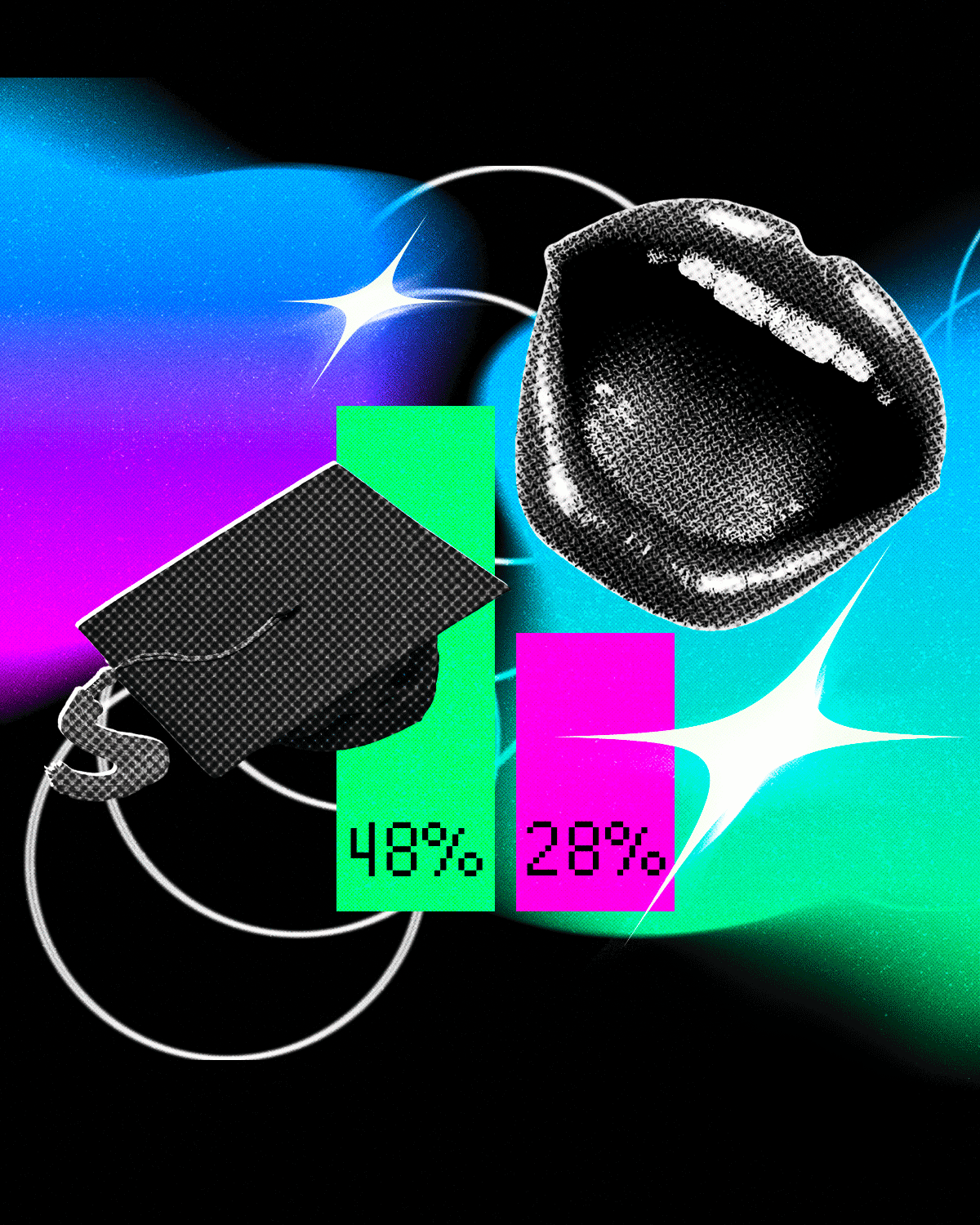Learning Japanese
- Share via
Americans in general are showing more interest in learning foreign languages, according to the Modern Language Assn., a nonprofit group in New York. A 1986 survey showed that for the first time in 14 years, more than 1 million Americans were enrolled in language classes.
Enrollments had been declining since they peaked in 1968 at 1.1 million. The association said the number of Americans learning a foreign language between 1972 and 1980 declined 8.3%. A turnaround began in 1980, and the number of students taking foreign language classes has been climbing since.
Although Asian languages showed the most dramatic increases in 1986--45.4% for Japanese and 28.2% for Chinese, the number of students is still small compared to those learning European languages. Registrations in Spanish were 411,000; French, 275000; German, 121,000; Italian, 41,000; Russian, 34,000; Latin, 25,000; Japanese, 23,454, and Chinese, 16,891.
A nonprofit educational group, Teachers of Japanese in Southern California, reports that in 1987 there were 80 jobs available nationwide for teachers of Japanese at the college level. But few people seem to be making themselves eligible for such jobs: Fewer than 15 students a year nationwide are completing Ph.Ds in Japanese or Japanese history or art, according to Jan Bardsley, president of the group.
Although California has one of the largest concentrations of Japanese companies, Bardsley pointed out that the state is far behind in offering Japanese-language programs. She said other states are more aggressive in developing language programs.
Wisconsin, for example, provides instruction in Japanese to high school students in seven school districts. Jackie Robinson Middle School in Milwaukee offers the language to sixth- through eighth-graders. The Milwaukee public schools hope to add the language at the elementary school level. Meanwhile, the state of Iowa funds a program to send college students to Japan in exchange for their promise to return and teach the language at local colleges.
Meanwhile, Japan strongly supports Americans and other foreigners trying to learn Japanese, Bardsley says. The Japanese government plans to open a “huge language center in Tokyo devoted to the study of Japanese,” she said.
A rush is on in Japan to learn to speak English properly. Students in Japan generally have a solid background in reading and writing English. But when it comes to the spoken word, conversation is difficult--in part because so few students have been taught by people who themselves speak English well.
But help is on the way. “Teaching English in Japan is the fastest-growing segment of the Berlitz business,” said Anthony F. Tedesco, vice president for North America at Berlitz International in New York. “We have 45 schools in Japan. We are growing, with a new school every two or three months.”
Meanwhile, back in the United States, the company has begun an elementary school program called “Berlitz Junior,” at the Nueva Learning Center, a private school in Hillsborough, Calif. “Japanese is one of the languages (that) the earlier you begin the better,” Tedesco said.
More to Read
Sign up for Essential California
The most important California stories and recommendations in your inbox every morning.
You may occasionally receive promotional content from the Los Angeles Times.













